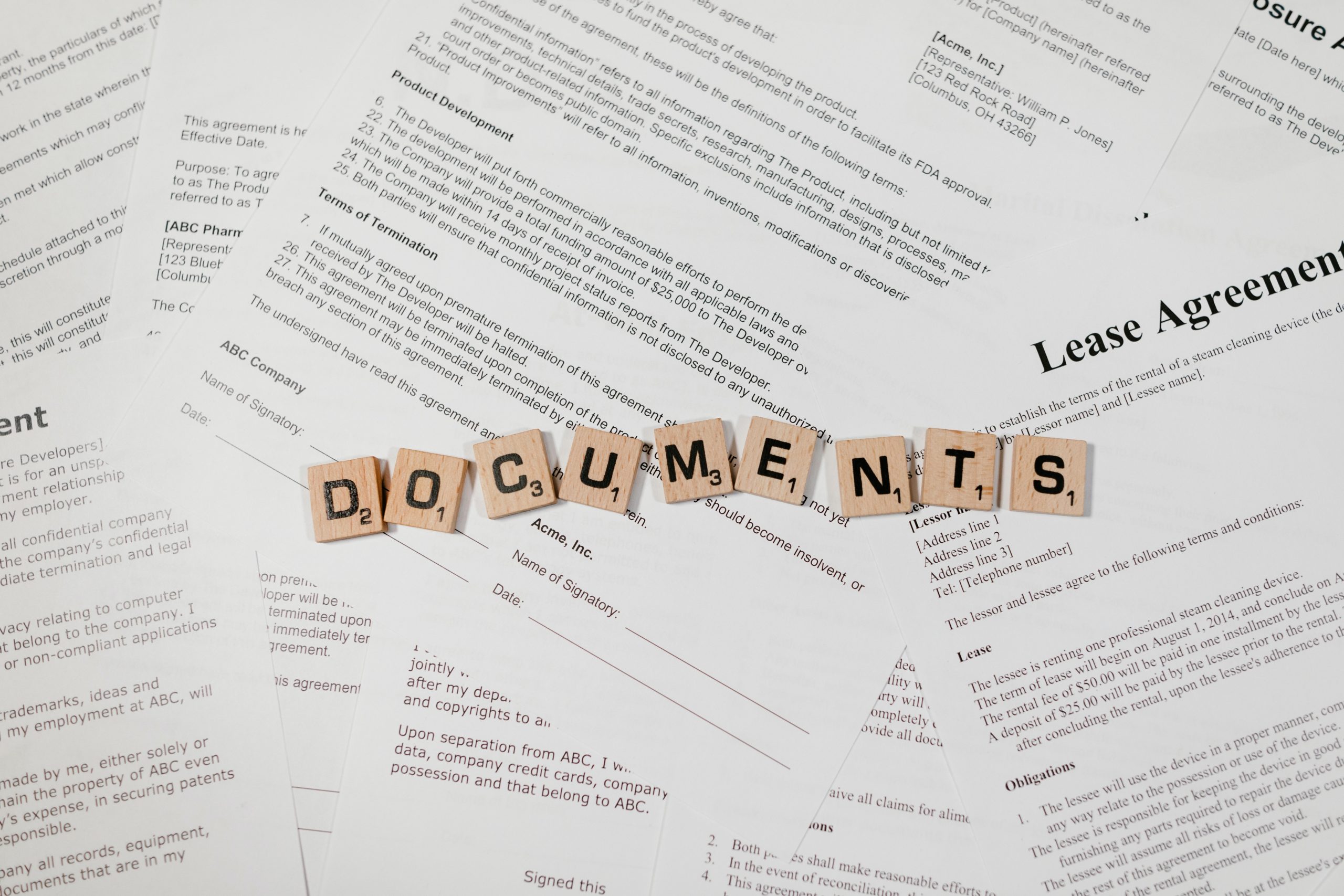If you’re filing Form I-130, Petition for Alien Relative, you’re likely wondering how long it will take to get approved. The I-130 is the first major step for U.S. citizens or lawful permanent residents who want to sponsor a family member for a green card. The timeline for approval depends on several key factors, including your relationship to the applicant, where the petition is processed, and how complete your submission is.
What Is Form I-130?
Form I-130 is used to establish a qualifying family relationship between a U.S. citizen or green card holder and a foreign national relative. It is the foundation of the family-based immigration process. Approval of this petition does not grant a green card, but it’s the first official step that makes your relative eligible to apply for one.
Average I-130 Processing Times
Processing times for Form I-130 vary widely depending on the type of relationship and whether the petitioner is a U.S. citizen or permanent resident.
- Spouse of a U.S. citizen: Typically takes 10 to 12 months
- Spouse of a green card holder: Around 12 to 18 months
- Parent of a U.S. citizen: Usually 10 to 14 months
- Child (under 21) of a U.S. citizen: Around 10 to 12 months
- Adult children or siblings of U.S. citizens: Can take several years, depending on visa availability and priority date
These are average timelines and can change depending on USCIS workload, your assigned service center, and changes in immigration policy.
What Affects I-130 Approval Time?
Several variables can influence how quickly your I-130 petition is processed:
1. Your Relationship Category
Immediate relatives of U.S. citizens (spouses, parents, and unmarried children under 21) are generally processed faster because they are not subject to annual visa limits. Other categories fall under preference systems that face longer wait times.
2. USCIS Service Center
Processing times vary depending on the service center handling your case. You can check your assigned service center on the I-797C receipt notice.
3. Country of Origin
For family members in countries with higher demand, visa backlogs may extend total wait time after I-130 approval, especially in preference categories.
4. Completeness of Application
Mistakes, missing information, or insufficient evidence can result in Requests for Evidence (RFEs), which delay processing.
5. Type of Filing
Petitions filed with adjustment of status (I-485) versus consular processing can lead to different timelines in later stages.
What Happens After I-130 Approval?
Approval of the I-130 petition confirms the family relationship, but it does not mean your relative can immediately enter or remain in the U.S. The next steps depend on whether your relative is applying from within the U.S. or abroad.
Inside the U.S. – The next step is usually filing Form I-485 (Adjustment of Status)
Outside the U.S. – The case goes to the National Visa Center (NVC), which coordinates the consular interview abroad
Each path comes with its own set of timelines and additional requirements.
Get Help With Your I-130 Petition
At BCA Law Firm, we help families navigate the I-130 process with confidence. Whether you’re filing for a spouse, parent, or child, our immigration lawyers can ensure your petition is complete and strong from the start. Contact us today to schedule a consultation and take the next step toward uniting your family in the U.S.

